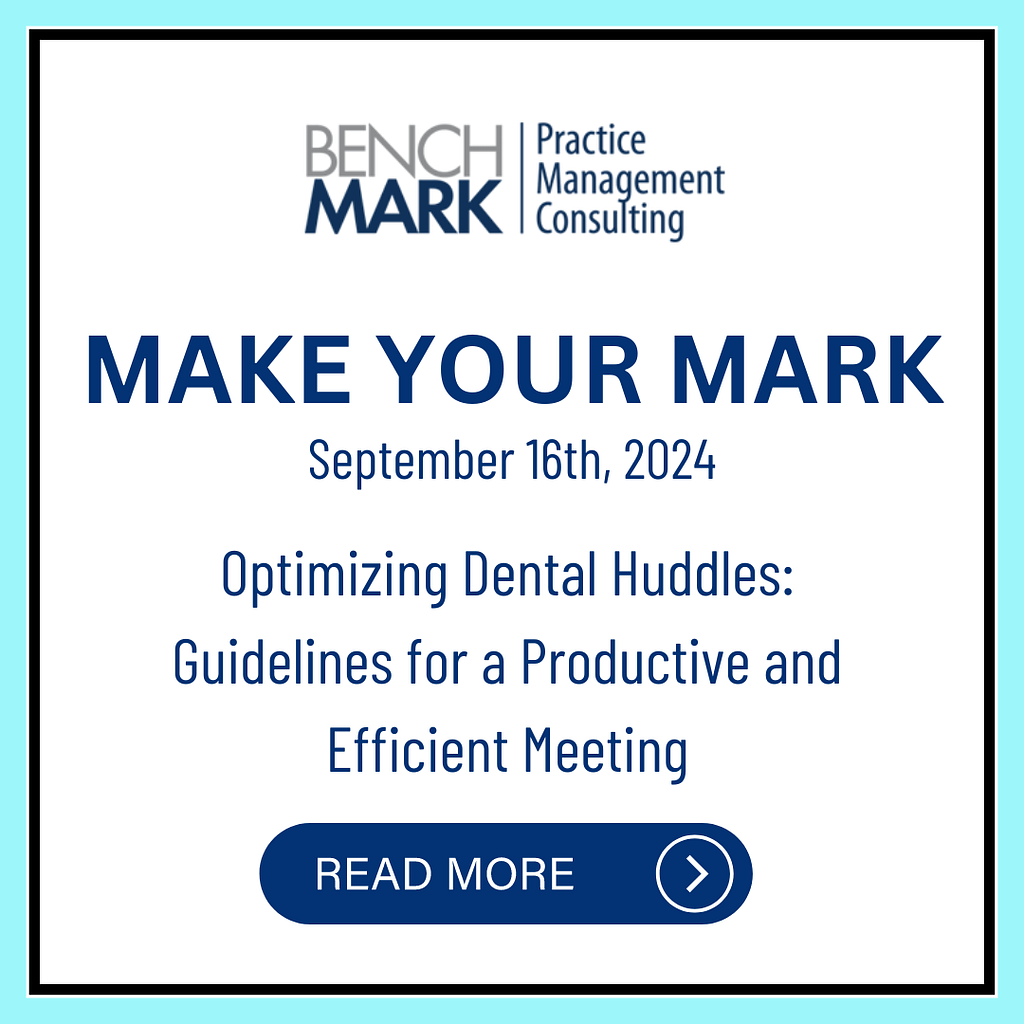Dental huddles are a vital tool for many practices, though not all have found them consistently effective. When executed properly, huddles can significantly enhance daily operations, foster proactive problem-solving, and improve team communication. The timing of huddles—whether in the morning before patients arrive or midday the day before—is less important than ensuring they are proactive, communicative, and motivating.
Key Objectives for Effective Huddles
- Proactive Problem Solving: Address potential issues before they arise.
- Effective Communication: Ensure clear and efficient discussion regarding patient care and daily workflow.
- Team Motivation: Create a positive atmosphere that boosts morale and motivation.
Guidelines for a Successful Huddle
To achieve these objectives, consider the following guidelines for each team member:
- Preparation and Participation
- Each team member should come prepared and ready to contribute. The huddle should be a collaborative effort where every participant plays a role.
- Roles and Responsibilities
- Business Team Members:
- Discuss patients with special requests, such as time constraints or anxiety.
- Address account concerns and patients with pending confirmations.
- Review any same-day or next-day openings.
- Dental Assistants:
- Prepare a list of patients requiring follow-up calls from the previous day, whether by the administrative or clinical team.
- Review patients with outstanding diagnosed treatments, including “watches” or “observes.”
- Confirm that all necessary lab cases are present.
- Hygienists:
- Identify patients who may need local anesthesia before treatment.
- Update any medical information required.
- Highlight patients with outstanding treatments or those due for radiographs.
- Dentists:
- Prepare for any treatments that may require alternate setups if complications arise.
- Identify patients needing recall exams.
- Address questions about outstanding lab work.
- Share insights and acknowledge positive outcomes from the previous day, such as successful patient interactions or effective communication.
- Business Team Members:
- Leadership and Structure
- Meeting Leadership: Rotate the responsibility of leading the huddle among team members, either on a weekly or daily basis. The leader’s role includes starting the meeting on time, recording patient notes on a visible day sheet, and keeping the discussion focused and on-topic.
- Attendee Responsibilities: All attendees should arrive on time, well-prepared with relevant information, and ready to contribute.
- Maintaining Focus
- Avoid allowing the huddle to turn into a social session. While it is a time for team interaction, keep conversations professional and relevant.
- Focus on significant issues related to patient care and daily operations. Avoid discussing every patient unless there are specific concerns or updates to address.
- Efficient Use of Time
- Use huddle time to proactively address potential disruptions, such as:
- Missing lab cases.
- Inadequate appointment times.
- Filling open slots by coordinating with the doctor.
- Managing scheduling for family members.
- Solving general office problems.
- Use huddle time to proactively address potential disruptions, such as:
Effective huddles require a disciplined approach to ensure they are productive and efficient. By following these guidelines, you can foster clear communication, prevent issues, and contribute to a smoother and more organized workday for everyone.




